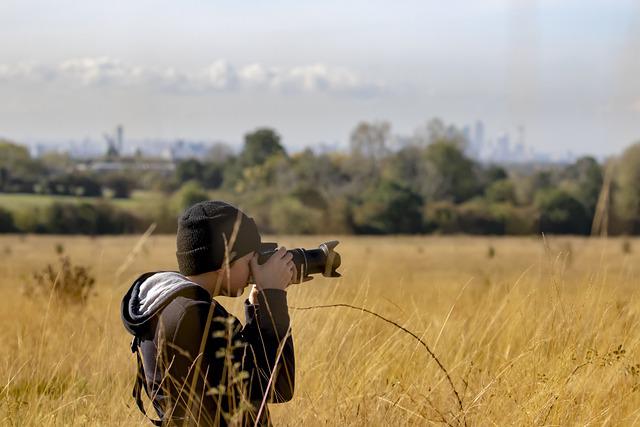Have a washed-out picture and want to delete it? Don’t hit the trash bin button yet. Keep on reading and find out how to fix a photo that is too bright. But first, let’s see the reasons why pictures may turn out overexposed. It’s crucial to understand the nature of overexposure because when you have too much light you lose a part of the image. And it may not be easy to recover that part in post-processing. But still, there are some ways to do it and we will show them in the second part of this article.
Exposure is about the quantity of light that reaches the sensor of your camera. So the more there is light, the brighter the picture will be. That’s why there is the concept of the Golden Hour in photography. It is the hour after the sunrise and before the sunset, when the light is subtle and soft and is perfect to create stunning shots. But one cannot plan all his shooting only in such hours. So we need to be aware of how to adjust the camera settings so that the result won’t need much editing after.
Thus said, let’s talk about the camera settings in manual mode. There is a so-called Exposure Triangle. It consists of three components – ISO, shutter speed, and aperture. All these components affect each other. Let’s begin with the first one. ISO is about the sensitivity of the camera sensor to the light. So the higher the ISO is the more light there will be on your photo. There is no right or wrong figure, it all depends on the result that you want to have. But some guidelines say that if you are shooting on a sunny day, you need to set your ISO at 100. The second parameter is the aperture which is measured in f-stops. The wider your aperture is (the lower the f-stop), the more light will hit the sensor. So try shooting at a medium aperture. And the last component is the shutter speed. It measures how long the shutter is open for when you are making the shot. So if you need to lower the exposure you need to increase your shutter speed.
Now let’s see how to deal with overexposure in post-processing. We’ll make an overall review of several tools present in any photo editing software. But if you need a more precise guide then you can read an article on how to fix overexposed photos.
The easiest way to fix washed-out photos is to adjust the Exposure slider. Usually if you drag it to the left the image becomes darker, and otherwise. It’s the best place to start, but it affects the whole picture. So you have to be careful with lowering the exposure, if you overdo it – the dark areas on your image may become darker. The next step is to adjust the Whites slider. It deals with the brightness of the mid-tones. And the last here is the Highlights slider. It works with the brightest spots on your image. By dragging it you can recover the washed-out parts. Working with these three sliders can cause a loss of contrast or darkening of some areas of your photo.
So, if you need to restore them you can at first tweak the Contrast or Shadows settings. They work globally on the image. Or you can use the Adjustment brush to fix specific parts of your picture. Just paint over the spot and drag the upper-mentioned sliders to restore the darkened details.
The other way to fix overexposed photos is to use filters. For example, if you have a sky that is too bright you can use the Graduated filter. Put the top of the filter on the lightest area of the sky and drag the filter down (or in any other direction, depending on the position of the spot that you want to amend). Now you can adjust the settings, such as Exposure, Whites, and Highlights. You can also use other filters or tools for a more precise correction, like Radial Filter or Adjustment Brush.
We hope that we’ve covered all the basics about the reasons for overexposure and how to fix bright light in photos via post-editing. Now it’s high time to employ all this knowledge in action!








